The Victorian government has fast-tracked two clean energy projects through its development facilitation program (DFP), including the 400 MWh Dederang battery energy storage system (BESS), and widely contested 500 MW Colbinabbin solar farm.
The Australian subsidiary of Canadian developer Venn Energy has previously received pushback from the Colbinabbin agricultural community and Campaspe Shire Council who expressed concern the 700,000 panel development may, in particular, impact grape growing operations and did not support the removal of about 6.5 hectares of native vegetation, though stressed they were not opposed to renewable energy, just not at the proposed location.
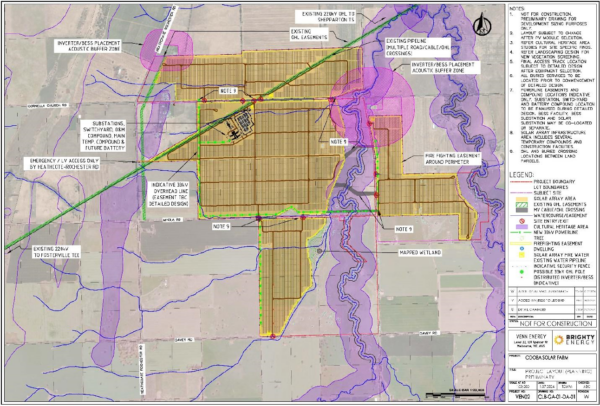
Image: Venn Energy
The 500 MW Colbinabbin solar farm project includes a 300 MW / 600 MWh BESS. The developer says the solar plant will have the capacity to power 210,000 homes annually, while the battery will meet evening peak demand for approximately 100,000 households.
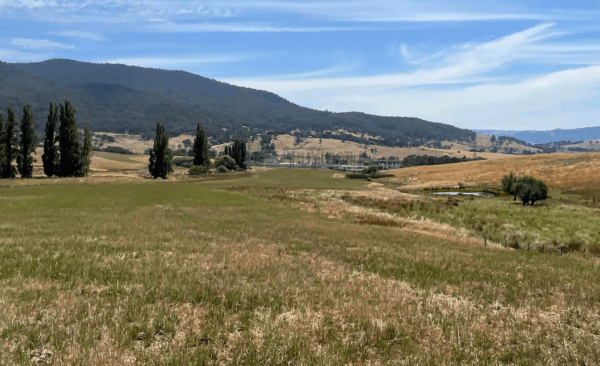
Image: Mint Renewables
The 400 MWh BESS at Dederang, located 326 kilometres northeast of Melbourne in the Alpine Shire local government area (LGA), is expected to meet high-demand periods for up to 69,000 homes.
Proponents for both projects were required to undertake consultation with neighbouring property owners and relevant government agencies including the Country Fire Authority (CFA), Agriculture Victoria, Department of Energy, Environment and Climate Action (DEECA), and local water authorities.
This content is protected by copyright and may not be reused. If you want to cooperate with us and would like to reuse some of our content, please contact: editors@pv-magazine.com.
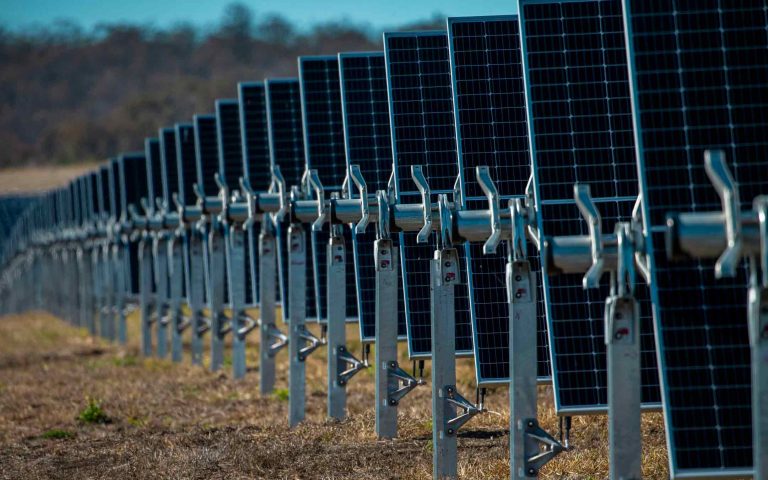


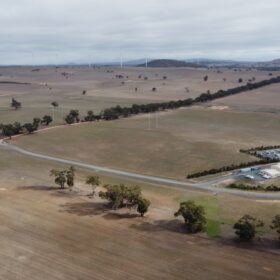
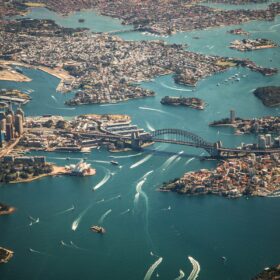

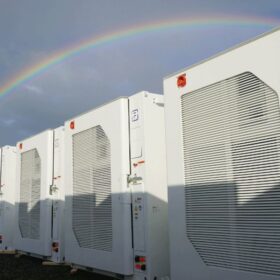
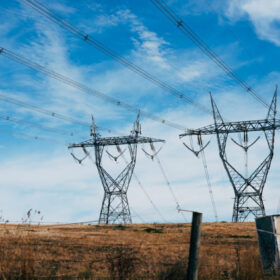
On the one hand, great to see more solar and BESS going forward, but IRT the Colbinabbin site, firstly the article has a significant error regarding the native vegetation clearing required definitely not ‘6,000ha!’
Secondly, looking at Google earth in the vicinity shows a quite complex land area has been chosen for the development, including proximity to vineyards, irrigation land, drainage lines and flood-prone land. Why not move the development about 15km southwest of the proposed site along the HV powerline to some dry grazing land? That’s potentially a less contentious location, suitable for sheep grazing agrivoltaics and likely simpler design requirements than what the current solar farm design looks like.
Thank you for highlighting the error. It has now been updated to read 6.5 hectares.